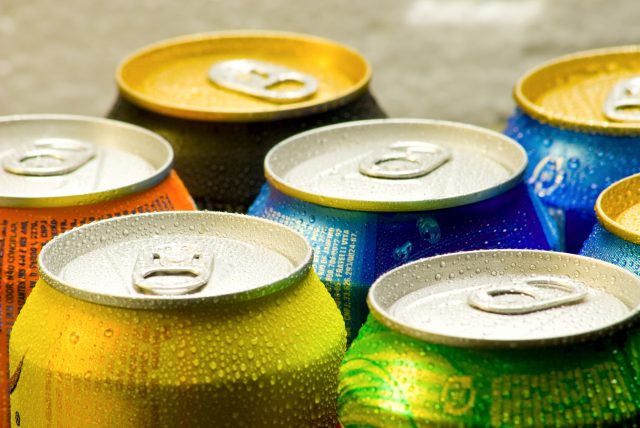Half of all new ready-to-drink beverages have an ABV of 5% or higher
The ready-to-drink (RTD) category continues to grow, with more brands introducing products with higher ABV, new IWSR research shows.

Data from IWSR’s innovation tracker shows that RTD product launches are increasingly leaning into super-premium pricing and greater diversity of alcohol content.
RTD brands are also focusing on packaging with less plastic, and are moving away from direct health claims, as the category matures.
This is true across the key RTD markets – Australia, Brazil, Canada, China, Germany, Japan, Mexico, South Africa, the UK and the US. These 10 markets represent 85% of global consumption of RTDs.
Brandy Rand, COO Americas at IWSR, said: “The ability to respond to consumer needs goes some way to explaining the rapid rise of RTDs.”
The category is growing quickly in countries including China, Canada and the US, which is the world’s largest RTD market.
Partner Content
IWSR research revealed that around half of all new RTDs launched in the second half of 2021 had an alcohol content of 5% or higher.
This trend has been led by China, the US, and Australia; regions which have seen the highest percentage change in the market share of new launches with an ABV above 7.5%.
The Chinese market may be focused on higher alcohol products, but a CBD product ban may be on the cards in Hong Kong, as the government adopts a “zero-tolerance” policy to cannabis.
However, retailers are arguing that they should be allowed to continue selling CBD products, including drinks, providing they have been verified for safe use.
The trend for higher alcohol ready-to-drink beverages does not carry into all markets. Other countries such as Germany and Japan are seeing a decrease in new innovations with higher ABVs.
Related news
Could Gen Z be giving up on abstinence?
Sparkling wine keeps its shine as younger drinkers reshape the category




